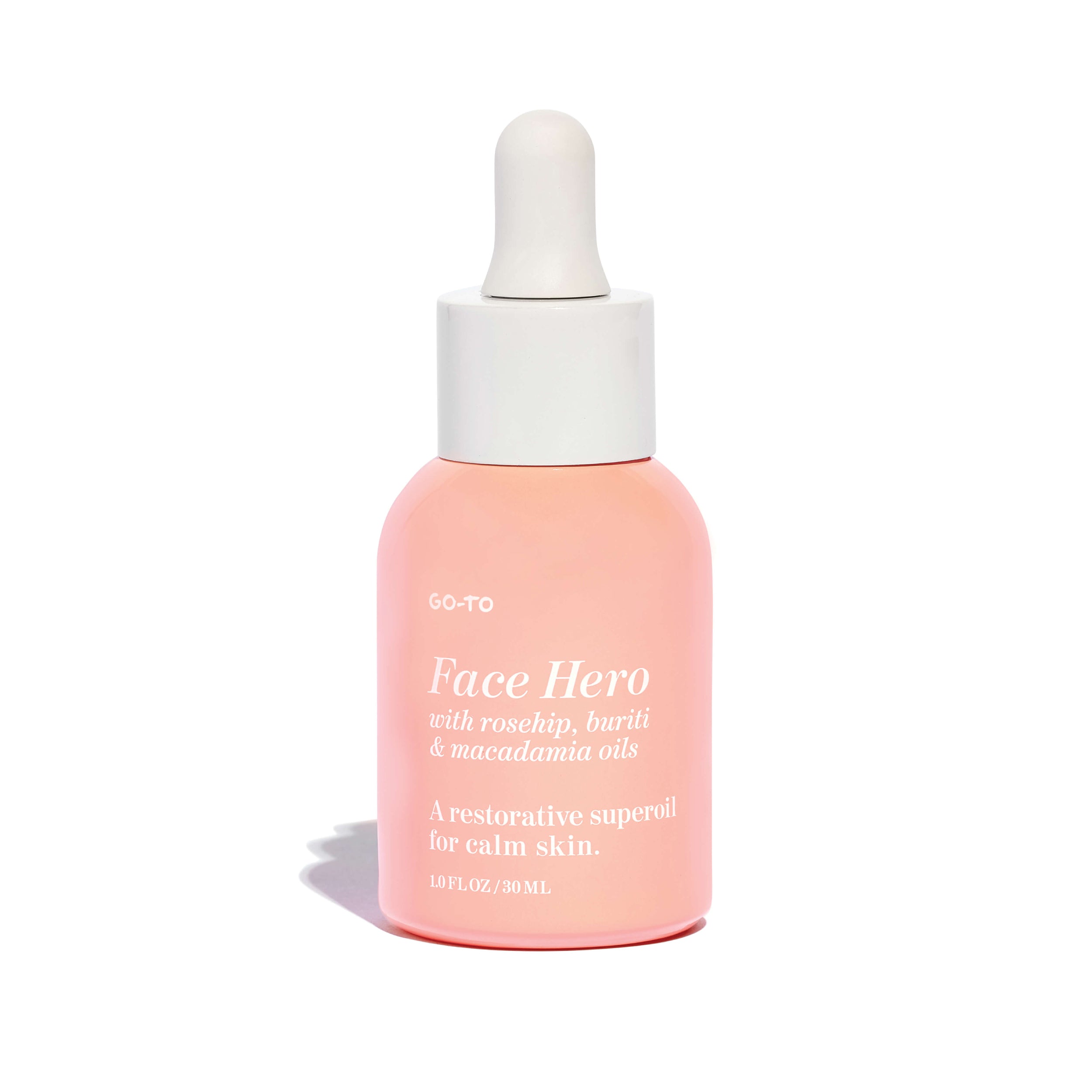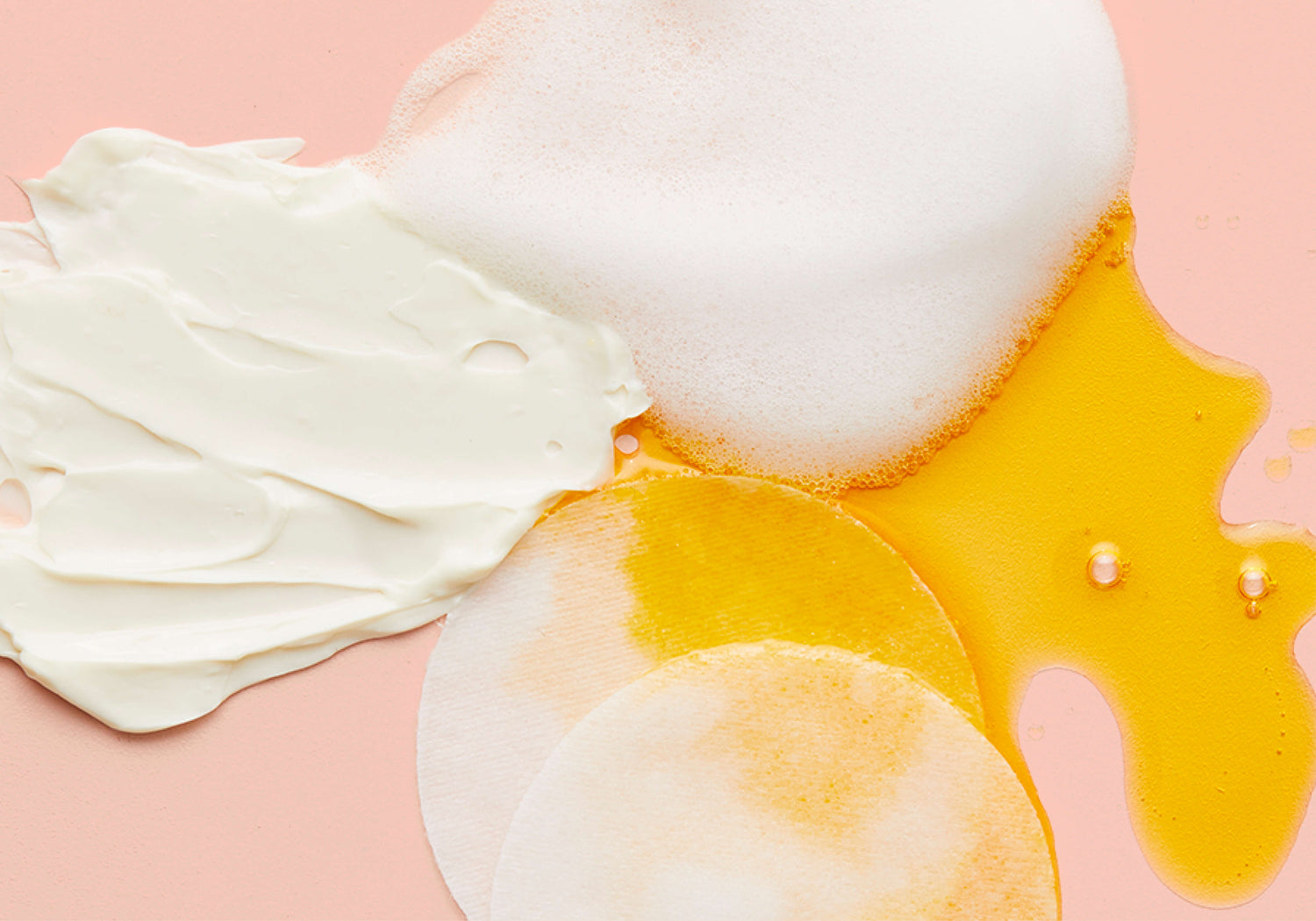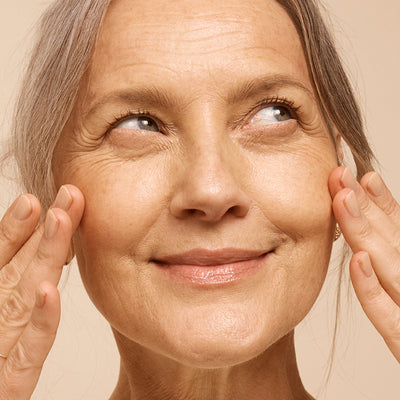In a perfect world, all skincare ingredients would work in perfect harmony together. You could add your acids, your vitamins, your oils, and there would be zero clashes, only happy skin.
Unfortunately, skincare is a liiiittle too fussy for that. And as such, when you’re thinking about building your ideal skin routine, it’s important to consider what ingredients work well together and what ingredients don’t. Now, we’ve covered the ingredient dream couples before, so today we’re diving into the ingredients that should be kept apart.
Retinol and Vitamin C
Perhaps the most popular pair of active ingredients of the last few years. Take a peek in any skinfluencer’s top shelf and you’ll likely find vitamin c and retinol, although despite being widely considered skin essentials, these two are best kept apart. Why? Together, there’s a good chance they will overwhelm your skin, and lead to irritation. Layering the two can also impact their pH levels, which will impact the efficacy of both your products and has the potential to stop them working their best.
Retinol and BHAs
Another no-go for retinol is BHAs such as salicylic acid. Similar to your vitamin c, there’s a good chance that combining a BHA with retinol in your routine will lead to dryness, flaking, or irritation. In other words: Don’t! Please! Using them on alternate nights is fine (if you introduce them both slowly, of course) but layering the two is a recipe for a very angry moisture barrier.
Vitamin C and AHAs
Two ingredients renowned for their ability to leave skin ridiculously glowy. Alpha Hydroxy Acids are a type of chemical exfoliant, and like the good exfoliant they are, they help speed up cell turnover, remove dead skin cells, reduce congestion, and maintain skin health. Layering these two isn’t a total deal-breaker, but some skin specialists recommend keeping your vitamin c for AM and your AHAs for PM as that is the ideal time for both.
Benzoyl Peroxide and Vitamin C
Benzoyl Peroxide is best known for its breakout-calming abilities; it assists your skin in killing acne-causing bacteria, or put simply, it’s brilliant for breakouts. But not so brilliant when combined with vitamin c, our favourite AM antioxidant. As Benzoyl Peroxide has the potential to oxidise vitamin c, which will make it less effective.
Important! Just because these ingredients don’t necessarily work well together does not mean you can’t find space for them both in your routine. We would avoid layering them, of course, but using them on alternate nights or using one in the morning and one in the evening is more than okay.
















Comments